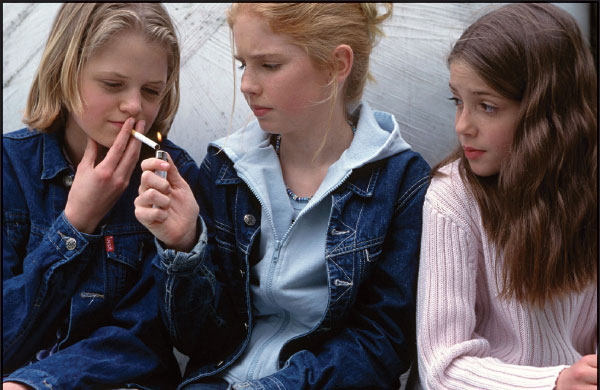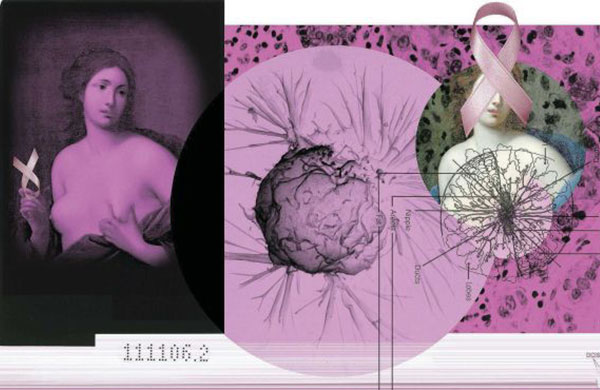 Before the 1970s, Oriental medicine was only practiced in the US by immigrants who brought the knowledge of its practice with them. Until that time, acupuncture was basically ignored by non-Oriental Americans.
Before the 1970s, Oriental medicine was only practiced in the US by immigrants who brought the knowledge of its practice with them. Until that time, acupuncture was basically ignored by non-Oriental Americans.
All that changed in 1971 when President Nixon sent a group of diplomats to China. During that trip, a reporter from the New York Times had to be admitted to a Beijing hospital for an emergency appendectomy. He wrote about how a Chinese doctor in the hospital used acupuncture to alleviate his post-operative pain.
His report opened the eyes of the American people to the benefits of Oriental medicine. More articles about how the Chinese use acupuncture during various surgeries and in the treatment of a wide array of diseases started to surface. Before the end of 1971, the first Western school of acupuncture was established. In 1972, acupuncture was legalized in the US.
Today, America has over 50 schools of acupuncture. Many states have their own acupuncture licensing requirements. Moreover, the National Institute of Health endorses the use of acupuncture based on its effectiveness and the clinical research that has, and continues to be, conducted. Health insurance companies are slowly starting to cover acupuncture treatments and millions of Americans are making practical use of acupuncture on a daily basis.
What Does Acupuncture Treat?
The most commonly treated conditions that licensed acupuncturists treat today are stress and stress induced symptoms, bone/muscular/soft tissue/joint pain (hence the post-operative benefits), high/low blood pressure and other cardiovascular conditions, childhood illnesses such as ear infections, fever, teething, colic, skin rashes and digestive issues.
People seek acupuncture to treat headaches, nerve impingement or loss, endocrine disorders, gastrointestinal problems like acid reflux and irritable bowel syndrome, and urinary problems like overactive bladder, urinary retention and kidney stones.
Acupuncture also has an overwhelming success rate in treating OB/GYN problems. Treating depression, anxiety, asthma, bronchitis and chronic cough also rank high among the conditions commonly treated by licensed acupuncturists.
What is Acupuncture?
Thin, hair-like needles are inserted into the skin at locations called acu-points, which are located throughout the bodyfrom head to toe. Acu-points connect to each other through pathways called meridians that ultimately connect to organs. Each acu-point has one or more specific function and can be used by itself or in combination with other acu-points to achieve a desired medical effect. These could include the treatment of a specific illness, or improving some aspect of the patient’s overall wellness.
Acu-points can also be ‘turned on’ without needles. Sometimes acupuncturists use a warmed herb called mugwort near the acu-points. This process is called moxabustion. Acu-pressure, or putting pressure or massaging an acu-point or area, also activates the healing properties in the body.
How Does it Feel?
Acupuncture needles are very thin. A slight pinch is all that is felt upon insertion; there is no sharp pain like during an injection or withdrawal of blood. Once the needle is in most patients feel a sensation of dullness, heaviness or tingling. Acupuncturists call this the qipronounced cheesensation. The qi sensation is one indication that the acu-point is activated and working to increase flow of energy and doing its specific function.
Many patients find themselves relaxed after the needles are inserted. Relaxation occurs because acupuncture releases the body’s natural endorphins. It’s a great opportunity to take a power nap. Relaxing actually increases the effectiveness of the treatment because energy can move freely when the body is calm. The acupuncture needles generally stay in between 10-30 minutes.
Modern Acupuncture
As information from East Asia continues to be shared with Western practitioners and doctors, an integrative approach is fast forming. More hospitals are utilizing acupuncture to facilitate stroke rehabilitation and during surgeries to manage anesthesia and control blood pressure. Infertility specialists work with acupuncturists. Cancer treatment centers are increasingly offering acupuncture to enhance the comfort of their patients. In these cases, acupuncture can be used to mitigate side effects from aggressive conventional treatment (chemotherapy, radiation and surgery) or to provide relief in hospice settings.
Acupuncture also helps patients limit the use of medications that could be harmful when taken long term. When the medication is needed in a severe circumstance, acupuncture is used to treat the root of the problem, thereby allowing the patient, while working with his/her doctor, to slowly decrease the dosage as the symptoms are managed by acupuncture.
In the short 40 years that acupuncture has been readily available in the US, the demand has grown for alternative ways to cope with all sorts of medical issues without any harmful side effects. Acupuncture is filling that demand, and the American people are clearly satisfied.
__________________________
Esther Hornstein is a licensed acupuncturist in the State of New York. She has participated in hospital acupuncture projects in NYU Hospital for Joint Diseases and Lutheran Medical Center. She currently has a Brooklyn based private practice.



